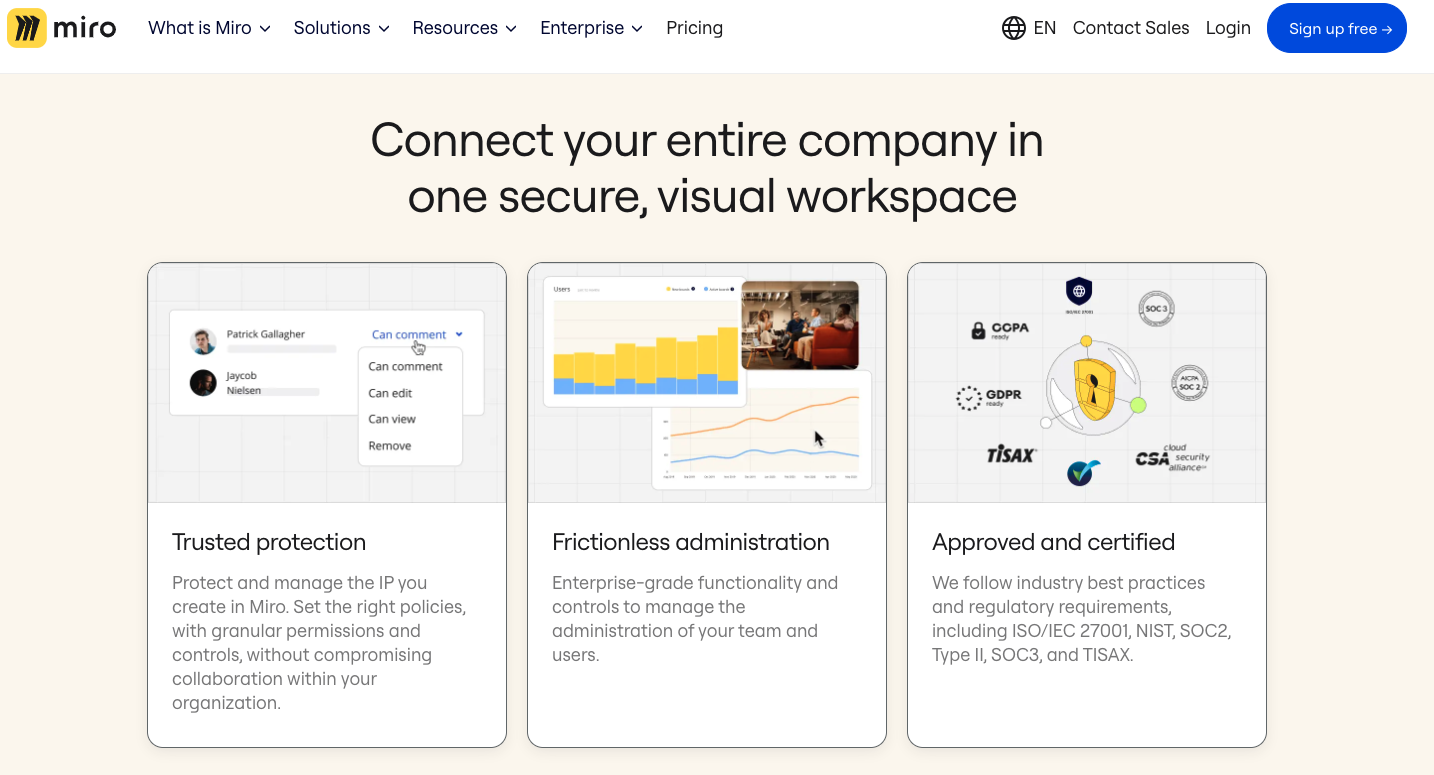Virtual Team-building Activities and Their Importance
The evolution of remote work brings with it a multitude of opportunities and challenges. Among the challenges is the task of fostering a strong team bond when face-to-face interactions are rare or nonexistent. This is where the role of virtual team-building activities becomes paramount.
Such activities not only bridge the distance between team members but also enhance collaboration, trust, and overall job satisfaction.
Let’s delve into the significance of these activities, their various forms, and the lasting impacts they can have on a remote team.
1. Understanding the Need for Virtual Team-building
- Bridging the Distance: While technology has enabled seamless work collaboration, it doesn’t replace the human need for connection. Virtual team-building activities act as a bridge, allowing members to connect on a personal level.
- Combating Isolation: Remote work can sometimes lead to feelings of isolation or detachment. Team-building exercises help reinforce the idea that every member is a valuable part of a larger community.
- Enhancing Trust: Trust is a fundamental component of any team’s success. Engaging in collaborative activities outside of work tasks can boost trust levels among team members.
2. Different Types of Virtual Team-building Activities

- Virtual Icebreakers: Simple questions or games at the start of meetings, such as “Share a fun fact about yourself” or “Two truths and a lie”, can help members get to know one another better.
- Online Quizzes and Trivia: Platforms like Kahoot! can be used to host fun and interactive quiz sessions. These could be general knowledge or themed based on company products, history, or values.
- Virtual Escape Rooms: Many companies now offer virtual escape room experiences, challenging teams to collaborate and solve puzzles together.
- Online Workshops: These could range from professional development seminars to more relaxed sessions, like cooking classes or art workshops.
3. The Impact on Team Dynamics
- Breaking Down Silos: Interdepartmental activities allow members from different teams to interact, fostering cross-team collaboration.
- Boosting Morale: Fun activities act as a break from routine, offering rejuvenation and a morale boost.
- Identifying Leaders: Team-building exercises can sometimes bring out leadership qualities in individuals who might not have had a chance to showcase these skills in regular work settings.
4. Continuous Learning and Skill Development
- Skill-building Workshops: Organize sessions where team members can teach others about their expertise, be it digital marketing, coding, or even photography.
- Language Exchange: If the team is globally dispersed, language exchange sessions can be both educational and bonding.
5. Overcoming Challenges in Virtual Team-building
- Time Zones: For global teams, scheduling can be a challenge. Consider recording sessions or rotating timings to cater to everyone.
- Diverse Interests: It’s important to ensure a variety of activities since one size doesn’t fit all. Regular feedback can help identify what activities resonate most with the team.
- Technical Issues: Ensure that the chosen platform or tool for the activity is accessible to everyone and that all members have the necessary technical know-how.
6. Making Virtual Team-building Inclusive
- Cater to Different Personalities: While some may enjoy activities that put them in the spotlight, others might prefer more passive participation. Strive for a balance.
- Accessibility: Ensure activities are accessible to everyone, including team members with disabilities. This could mean providing subtitles for videos or ensuring online platforms are user-friendly for everyone.
7. Measuring the Success of Team-building Activities
- Feedback Forms: Post-activity feedback can provide insights into what worked and what didn’t.
- Performance Metrics: While hard to quantify, improved team dynamics can lead to better collaboration, faster problem-solving, and enhanced productivity.
- Engagement Levels: Regular participation and enthusiasm are good indicators that the team values these activities.
8. Future of Virtual Team-building
- Hybrid Models: As some companies adopt a mix of remote and on-site work, hybrid team-building activities that cater to both audiences will become prevalent.
- Leveraging AR and VR: Augmented and Virtual Reality can offer immersive team-building experiences, transporting teams to virtual worlds where they can collaborate and interact in innovative ways.
Conclusion
Virtual team-building activities are not mere frivolities or diversions from “real work.”
They are essential tools in the remote work toolkit, promoting cohesion, trust, and mutual respect.
In the ever-evolving landscape of work, understanding the value of these activities and investing in them will be a distinguishing factor between companies that merely operate remotely and those that thrive in the remote setting.
Maintaining Work Culture and Camaraderie in a Digital Realm
Work culture is the heartbeat of any organization. It dictates the environment, behavior, values, and interactions within a team. While traditional office settings naturally fostered camaraderie through face-to-face interactions, breaks, and water cooler chats, the shift to a digital realm poses new challenges.
Maintaining a robust work culture in such a setup is critical to ensuring employee engagement, job satisfaction, and productivity.
Here’s a deep dive into the strategies for upholding culture and camaraderie in the digital workspace.
1. The Importance of Digital Work Culture
- Employee Well-being: A positive work culture boosts morale and employee well-being, reducing burnout and feelings of isolation inherent in remote work.
- Attraction and Retention: Companies known for strong work culture tend to attract and retain top talent, even in virtual settings.
- Productivity and Collaboration: A cohesive team, bound by shared values and culture, collaborates better and is more productive.
2. Adapting Core Values to the Digital World
- Revisiting Values: While core principles might remain unchanged, how they are implemented in a virtual setting might need revision. For instance, ‘open-door policies’ can translate to ‘open-chat’ in remote settings.
- Clear Communication: More than ever, it’s vital to communicate the company’s mission, vision, and values clearly to the entire team. Regular town hall meetings, newsletters, and updates can help in this.
3. Facilitating Virtual Social Interactions
- Scheduled Social Time: Designate specific times for team members to socialize, such as virtual coffee breaks or happy hours.
- Interest Groups: Encourage employees to form groups based on shared hobbies or interests, like a virtual book club or fitness challenge group.
4. Celebrating Milestones and Achievements
- Virtual Celebrations: Birthdays, work anniversaries, and project successes can be celebrated through virtual parties, e-cards, and team shout-outs.
- Recognition Platforms: Leverage platforms that allow peers to recognize and reward each other’s achievements. Apps like Bonusly or Kudos can be integrated into tools like Slack for this purpose.
5. Embracing Flexibility and Trust
- Empower Autonomy: Trust your team with flexible hours, understanding that everyone has their own rhythm and challenges, especially in home settings.
- Results Over Hours: Shift the focus from the number of hours logged to the results achieved. This nurtures a culture of responsibility and trust.
6. Promoting Continuous Learning
- Virtual Workshops: Offer online courses and workshops for skill enhancement, fostering a culture of growth.
- Knowledge Sharing Sessions: Encourage team members to host sessions on their areas of expertise, promoting a culture of shared learning.
7. Regular Feedback and Check-ins
- One-on-Ones: Regular individual check-ins help in understanding employees’ challenges, needs, and feedback.
- Anonymous Surveys: They provide a platform for employees to voice concerns, give suggestions, and feel heard, thus strengthening the culture.
8. Emphasizing Well-being and Mental Health
- Mental Health Initiatives: Offer resources, webinars, or sessions on coping strategies, meditation, etc.
- Encourage Breaks: Regular reminders to take short breaks, walk, or even indulge in non-work-related activities can go a long way in maintaining well-being.
9. Fostering Inclusivity
- Diverse Teams: Encourage diversity in teams, which leads to varied perspectives and richer discussions.
- Cultural Sensitivity: Understand cultural nuances, holidays, and practices of team members from different backgrounds, and respect them.
10. Tools to Enhance Virtual Work Culture
- Collaborative Platforms: Tools like Miro or MURAL allow for collaborative brainstorming, akin to whiteboard sessions in physical settings.
- Engagement Platforms: Platforms like Donut integrate with Slack to pair up team members for casual chats, fostering connections.
Conclusion
A digital realm does not mean the absence of work culture; it simply requires a different approach.
With intentional efforts, it’s entirely feasible to maintain, and even enhance, the culture and camaraderie that teams enjoyed in physical offices.
The strategies outlined above, coupled with a genuine understanding of human needs and emotions, will ensure that organizations don’t just survive but thrive in the virtual workspace.
FAQ
How do you build team camaraderie virtually?
Building virtual team camaraderie involves regular video meetings, team-building activities, celebrating achievements, and creating a virtual “watercooler” chat space to encourage informal interactions.
How would you foster camaraderie in the workplace?
Fostering workplace camaraderie includes team-building events, open communication, recognizing accomplishments, and promoting a friendly, inclusive atmosphere.
Why is camaraderie important in teamwork?
Camaraderie enhances trust, cooperation, and morale among team members, leading to more effective teamwork, better problem-solving, and increased job satisfaction.
How do you develop good teamwork when working remotely?
Developing remote teamwork requires clear goals, communication tools, regular check-ins, and fostering trust among team members. Encourage collaboration through virtual meetings and shared platforms.
How do you foster a positive team culture?
Foster a positive team culture by leading by example, promoting open communication, valuing diversity, recognizing achievements, and addressing conflicts constructively.
How do you foster team culture?
Fostering team culture involves defining shared values, encouraging collaboration, promoting trust, and nurturing a sense of belonging among team members.
How do you ensure collaboration in a remote working environment?
Ensure remote collaboration with the right technology, regular video meetings, clear communication, collaborative tools, and setting expectations for teamwork and deadlines.
How do I communicate effectively in a virtual or remote work environment?
Effective virtual communication includes using clear language, active listening, choosing the right communication channels, and being responsive and empathetic in remote interactions.
What is the key to successful virtual collaboration?
The key to successful virtual collaboration is a combination of clear communication, well-defined roles, mutual trust, collaboration tools, and a shared commitment to achieving common goals.




Leave a Reply